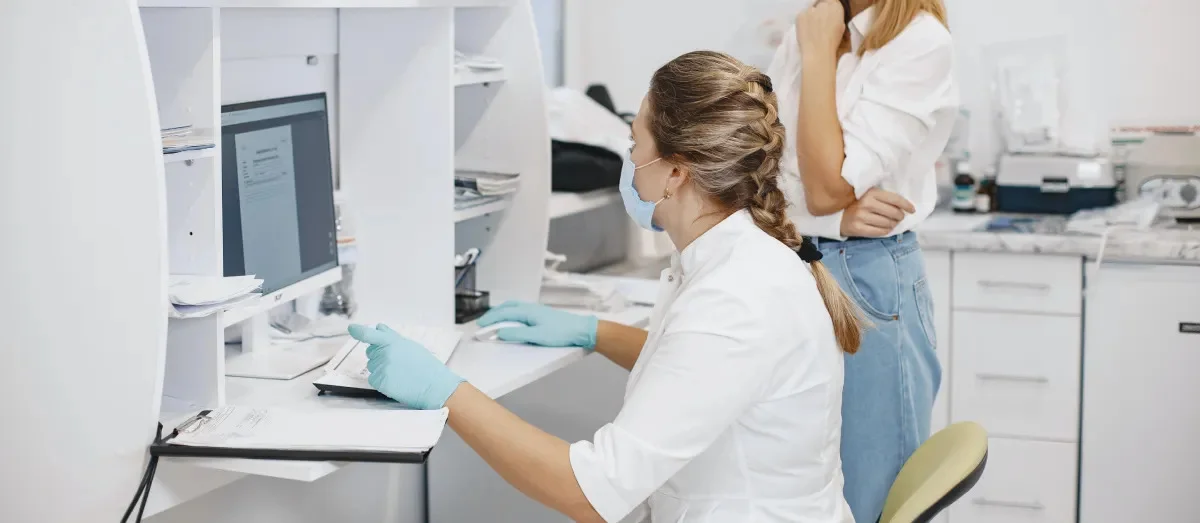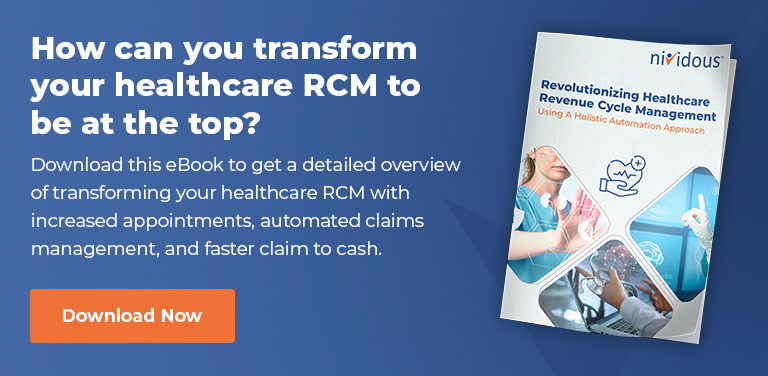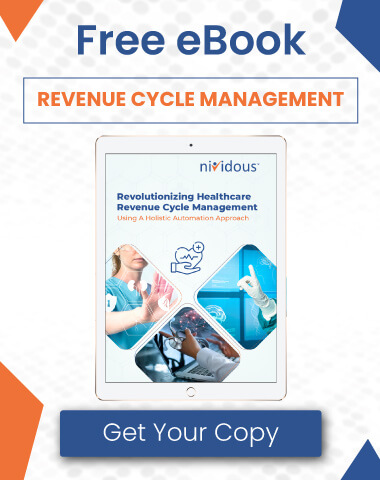Do you strive to operate a healthcare facility where patients always get exactly what they need, when they need it? Where your providers are always working on valuable, meaningful tasks? Where service is always seamless, quick, and easy?
These scenarios characterize an ideal service facility, but do they accurately describe your healthcare facility today?
If you’re here, I’d venture a guess that the answer is no—it may even seem like these questions portray an ideal that’s impossible to achieve. But the truth is, most healthcare facilities simply aren’t taking advantage of the technology tools that would allow them to operate at peak performance. Workflow automation is one of the tools that can help move you forward. Keep reading to learn more about workflow automation in healthcare, and how you can implement it quickly and easily.
Workflow Automation In Healthcare: What is it?
No doubt you’ve read a lot about automation in general, and how it is highly effective in doing repetitive, time-consuming tasks more quickly and accurately than humans. Workflow automation is somewhat different than that concept.
In short: Workflow automation is about evaluating and automating a business process to improve it for the future. It’s not about automating an individual task itself; it’s about automating the process of getting work done and tracking it.
Think of it this way: When you get up in the morning, you probably do the same things all the time—make breakfast, eat breakfast, brush your teeth, choose your clothes, get dressed, and make a bagged lunch.
Even if automation (RPA bots) could handle some of those tasks individually—say, making breakfast and lunch and choosing your clothes—you also must do some of those tasks personally, such as brushing your teeth, eating breakfast, and getting dressed. Applying workflow automation to your morning routine means putting a process in place that ensures all the necessary tasks are completed, and everything flows smoothly from beginning to end. A bot would notify you when breakfast is ready, for example, or if your pantry is missing one of the usual breakfast ingredients and you need to make a decision about what to eat instead.
The same idea can be applied to your healthcare processes, all of which have lots of pieces done by lots of different people. Workflow automation tracks each process holistically from end to end. Employees receive notifications when a task is ready for them to work on. When they’re done, they’ll go back to the system, indicate its completion, and the system moves on to the next task (or notifies the next person up in the process). Whatever is supposed to happen next happens right away. And if it isn’t, there’s an escalation path for that.
Want to Supercharge Your Revenue Cycle Management?
Watch this on-demand webinar to discover how Intelligent Automation can help improve coding accuracy, streamline clinical documentation, and effectively manage compliance risks.
How can workflow automation improve your healthcare facility?
If you had to name all the different things that have to be done in order to provide your healthcare services, would you be able to do it, down to listing the details of each process involved? Most likely the answer is no. That’s the case with most companies we work with at Nividous. Process details tend to remain a mystery for most people until they take the time to document and evaluate them.
That’s a problem.
Without knowing the process details, you have no way of understanding where the issues lie, what might be causing them, or what you can do to improve things.
Implementing workflow automation requires a good understanding of your processes—that’s the first step to making changes. But when you begin using workflow automation to actually track your processes, you’re laying the foundation for making improvements. Not only will you know what the process actually is for getting your work done, but you also have data around every single process that gets completed.
For example, if you have a group of 10 people that do the same job function, you’ll now be able to see the relative performance of those 10 people and which specific tasks they do the fastest. Knowing that would help you put the right people in the right positions. Or, you may uncover a failure to meet service level agreements and be able to diagnose the issue quickly, identifying where there might be bottlenecks in the process and what you can do about it. Workflow automation provides a wealth of data you would otherwise NOT have had access to—and which you can use to optimize and improve your processes.
Workflow automation provides a wealth of data you would otherwise NOT have had access to—and which you can use to optimize and improve your processes.
In healthcare, having that kind of opportunity benefits both you and your patients:
- For your patients: You can find more ways to ensure you provide the highest quality of care and an excellent patient experience. You can adjust your processes to provide smooth, fast service, and make sure patients have everything they need when they need it.
- For your healthcare facility: You can reduce process errors by building mechanisms for validation, verification, and error-checking right into the process, so that processes don’t move forward until everything is right. Plus, your people can focus less on chasing down documents and nudging coworkers for missing information and more on meeting the needs of their patients.
Another Benefit Of Workflow Automation In Healthcare: Systems IntegrationYour healthcare facility most likely uses a patchwork of specialized systems for different functions. A good business process management (BPM) system—which is the basis for workflow automation—is especially helpful in that it can combine all those systems together into a single workflow without the need to replace or get rid of them. So you’ll be able to use them seamlessly, as part of a unified process, and get the benefit of having reliable process data to boot. |
How can you implement workflow automation at your healthcare facility?
At Nividous, we regularly work with healthcare organizations to automate and improve their processes. Our platform natively combines RPA, AI, and BPM, making it possible to automate both individual tasks and complex processes, orchestrating work between RPA bots and your employees. Here’s how we would approach your automation implementation:
- First, we’ll clearly document your existing processes to understand your current process landscape. Our business analysts and system architects will conduct in-depth process discovery—documenting the steps, people, and systems involved in providing your services—and create a workflow map in our platform’s BPM system.
- Next, we’ll help you identify the pain points. What are your goals and where are you falling short? This information will serve as a guide on how to proceed.
- From there, we’ll build a prioritized list of what can be automated. Automation could mean a number of things, including:
- Workflow automations
- Task-based automations (RPA)
- Intelligent document processing (IDP)
- Any combination of the above
- Finally, we’ll begin implementing the solutions based on your organization’s relative needs/priorities and your budget.
In many cases, healthcare organizations can begin to implement automation within weeks. Check out our quick start guarantee program here. If you’re looking for ways to improve your patient care experience and believe automation (either workflow or task-based) could be useful, please reach out—we’d love to show you how the Nividous Intelligent Automation platform can help.






